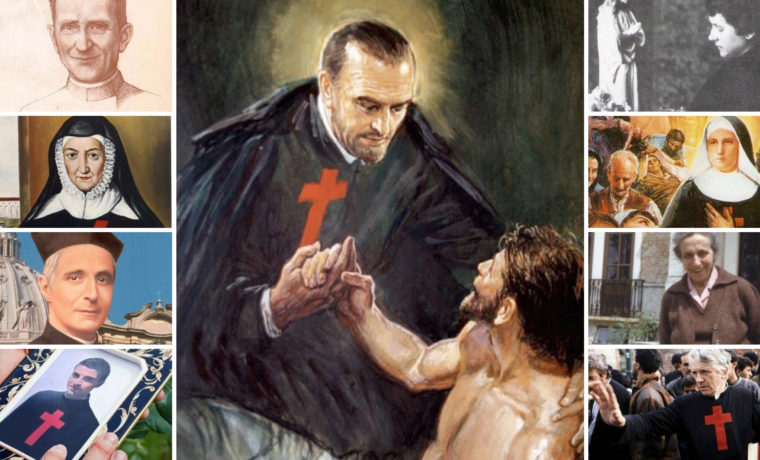By p. Angelo Brusco
Introduction Interpreting in an original and sublime way the charism of merciful charity towards the sick, St. Camillus deserved to be defined by Pope Benedict XIV as “the initiator of a new school of charity”. Looking at him, a sublime model of dedication to the sick, many religious of the Order founded by him have reached the perfection of charity, showing that life in the Spirit lived in the Camillian charism and spirituality can be a path leading to holiness. Of all these exemplary religious, only two were raised to the honors of the altars: Fr. Enrico Rebuschini and Fr. Luigi Tezza. For some others, canonization processes have been initiated. The scarcity of Church’s official recognition of the sanctity of Camillian religious is due to various historical reasons. Among them we must remember, in a particular way, the industriousness of the process of beatification and canonization of St. Camillus. Died in 1614, the Founder of the Camillian Order was declared blessed only in 1742, and saint in 1746. To the length of the process, due to the reform of the concerned ecclesiastical legislation, is added also the exorbitant financial burden on the Order, both for the canonical process and the solemn events on the occasion of the beatification and canonization of the Founder.
It is only towards the second half of the last century that the desire has been revived to offer to the devotion of the People of God the figures of some of Camillian religious distinguished for exemplarity of life.
While sharing the belief that “the holiness of the Church is much more widespread than official expressions say”, one cannot ignore the value of models in the process of growth on the human and spiritual level.
A few decades ago, a distinguished Camillian religious, Fr. Alessandro Pedroni, interpreted this need, writing in his diary: “I feel the need to read books of our own religious and talk about our things … How well would it have been to the Order, if it had … biographies of our fathers and brothers who let us taste all the beauty of Camillian life … How much pain does it give me to see so many forgotten and unknown glories … Saints of the first order who will never go on altars (…) By mirroring ourselves in those who precede us we will learn to love our divine vocation … we will long for … as true servants of the poor sick, the highest favour of dying for our sick brothers, as did many of our heroes following the footsteps of our holy Founder, the true apostle and angel of charity “.
In light of the preceding considerations, it is necessary to illustrate both the “emptiness of official saints” that exists between St. Camillus, who lived between the sixteenth and seventeenth centuries and the Blessed Tezza and Rebuschini, who died in 1923 and 1938 respectively, recalling some Camillians religious who left, as far as we know, a living testimony of sanctity, coloured with the typical ingredients of their personality and of the socio-cultural ambiance in which they lived, and giving greater emphasis to the two Blessed.















Camillians on Facebook
Camillians on Twitter
Camillians on Instagram